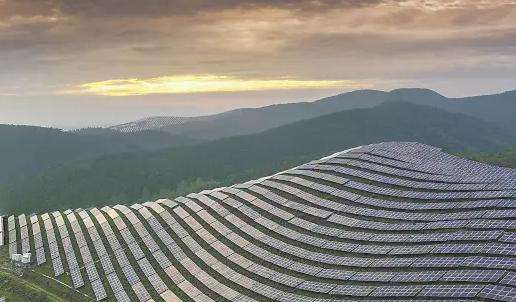Sprinkling salt and soaking in hot water can quickly melt a thick ice cube.
Spreading salt on thick ice can accelerate the melting of the ice. Indeed, the main component of salt is sodium chloride. When sodium chloride comes into contact with ice, it penetrates through osmosis. saturated salt water is formed in the middle of the ice cubes, the melting point of the ice cubes also changes from the original 0 degrees to minus 21 degrees, and the melting speed of the ice cubes will be 21 times faster than the melting speed of 'origin .
Putting thick ice in hot water can speed up the melting of ice cubes. This is because ice cubes have to absorb a lot of heat during the melting process, and placing thick ice in hot water can make ice. the cubes melt faster. It gets enough heat and its melting speed is much faster than the melting speed oforigin. Additionally, the melting speed of ice cubes is also directly proportional to the temperature of the hot water. The higher the hot water temperature, the faster the melting speed of the ice cubes.
Physical Properties of Ice Cubes
Ice cubes refer to solid water made by freezing liquid water. Its melting point and freezing point are both 0 degrees. its heat of fusion is about 335 kJ/kg, and its average specific heat capacity is about 2.1 kJ/kg·K, about half that of water. The thermal conductivity of ice is related to the ambient temperature and increases as the temperature decreases.
The density of the ice cubes is closely related to the temperature of the environment, the environmental pressure during the formation of the ice cubes, the presence or absence of bubbles in the ice cubes and the purity of the ice cubes. water. It must be equal to or less than zero. It's notonly in the environment it can maintain its original hardness and shape.
The foam when the ice cube melts is actually made up of many, many dense bubbles.
We need to understand the production of ice cubes. Before forming ice cubes, there is normal temperature water, the air will melt into the water. When the water is put in the refrigerator, the temperature drops suddenly. and air solubility will decrease, causing air to overflow from water. But the current situation is that the water has frozen into ice cubes and the gas cannot escape to the outside of the ice cubes by itself, so these bubbles solidify. with the ice cubes.
When the ice melts, these bubbles are released, creating foam.














